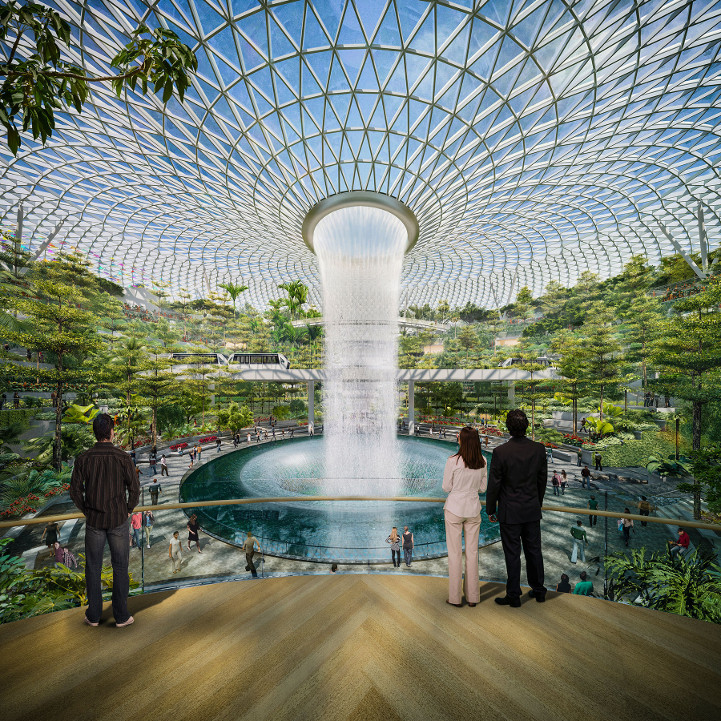Eye | Global Futures & Nature-Inspired Design | Global Food Supply | US & Climate Change
/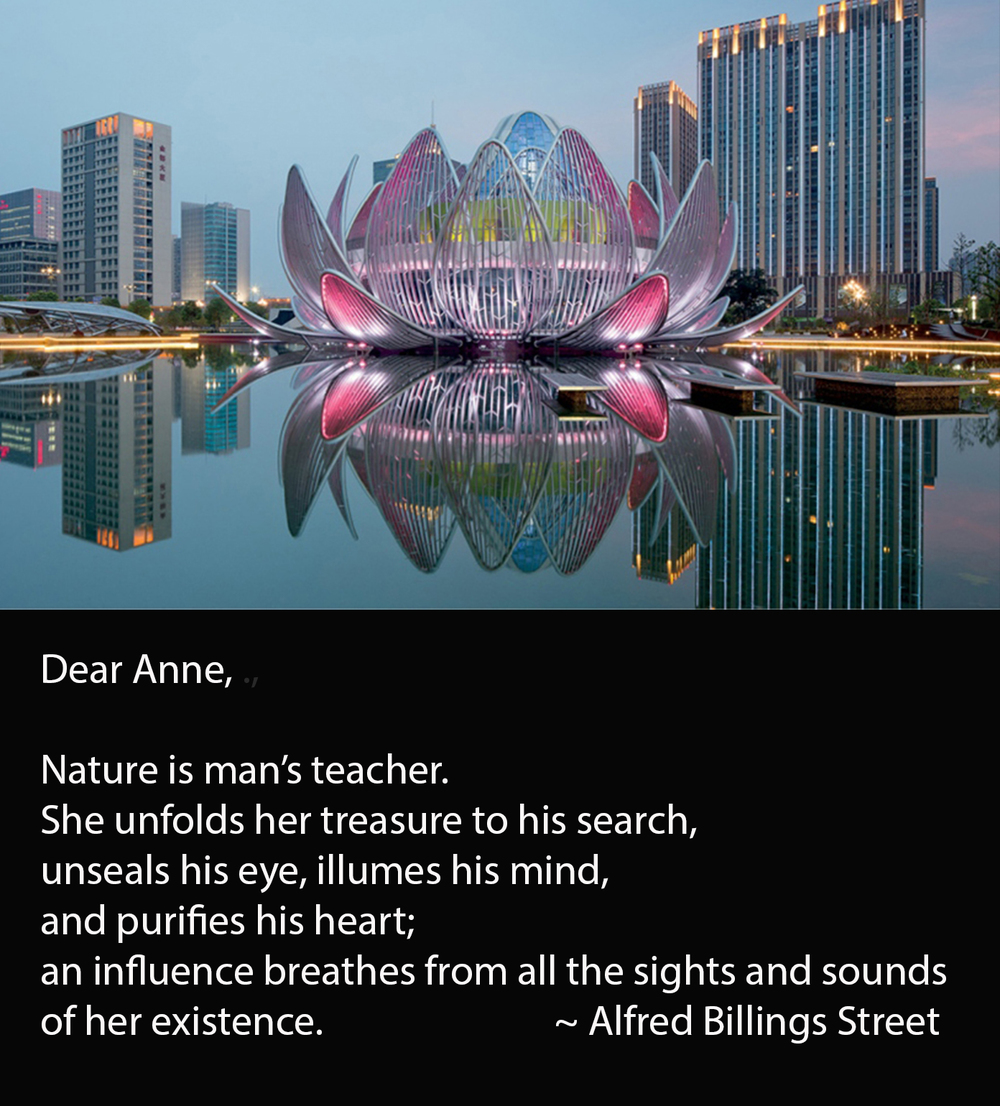
In January 2015, Republican Senator Jim Inhofe of Oklahoma will most certainly become the chairperson of the US Senate’s Environment and Public Works Committee. Senator Inhofe is a climate science denier, explaining his view based on his Christian faith:
Well actually the Genesis 8:22 that I use in there is that “as long as the earth remains there will be springtime and harvest, cold and heat, winter and summer, day and night.” My point is, God’s still up there. The arrogance of people to think that we, human beings, would be able to change what He is doing in the climate is to me outrageous.
GreenTracker
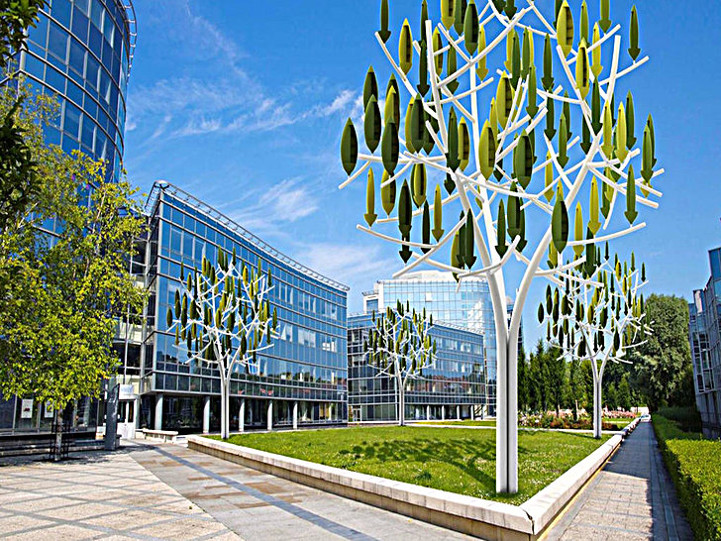
Futuristic Wind Turbines Take the Form of Sleek Minimalist Trees My Modern Met
The ‘Wind Tree’ beings a new perspective to wind power, standing 26 ft tall with plastic pods that resemble leaves. Hanging from steel branches, the plastic pods silently catch the wind at any angle. The ‘Wind Tree’ is specifically designed to tap the energy potential of air currents running through buildings in urban areas. A single tree costs about $36,000 and generates enough electricity to cover its cost in the first year.
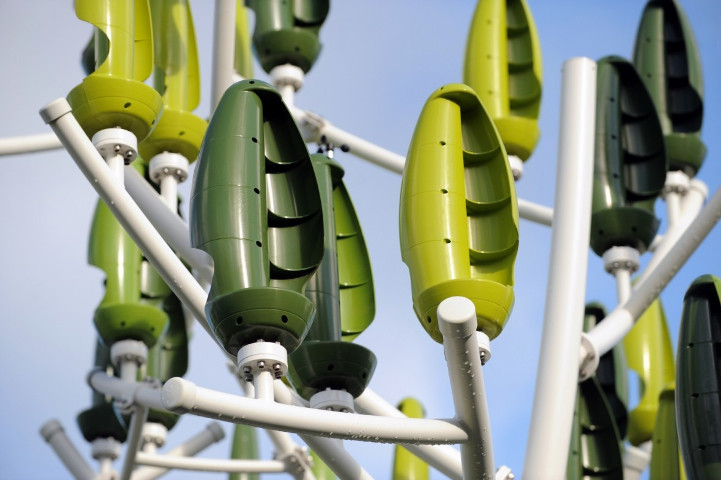
Splendor in Singapore
Moshe Safdie’s Singapore ‘Jewel Changi Airport’ Redefines Airport Architecture
Construction has begun on Moshe Safdie’s new greenhouse ‘Jewel Changi Airport’, a nature preserve that seeks to redefine the urban experience of airports away from glass, concrete and treeless vistas to its exact opposite.
Solar Trees, Too, In Singapore
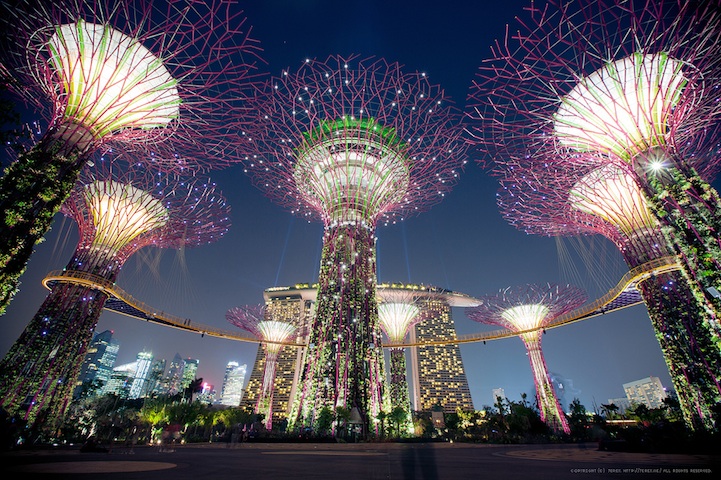 Designed - not as wind trees — but as super-tall solar trees known as Supertrees at Gardens by the Bay in Singapore. The 82ft. to 160 ft. tree-like structures are part of a $1 billion horticultural project for the country, writes My Modern Met.
Designed - not as wind trees — but as super-tall solar trees known as Supertrees at Gardens by the Bay in Singapore. The 82ft. to 160 ft. tree-like structures are part of a $1 billion horticultural project for the country, writes My Modern Met.
Besides their functional contribution towards sustainability, the Supertrees as part of a larger project designed to make Singapore the bontanical capital of the world. Read on at the Daily Mail UK.
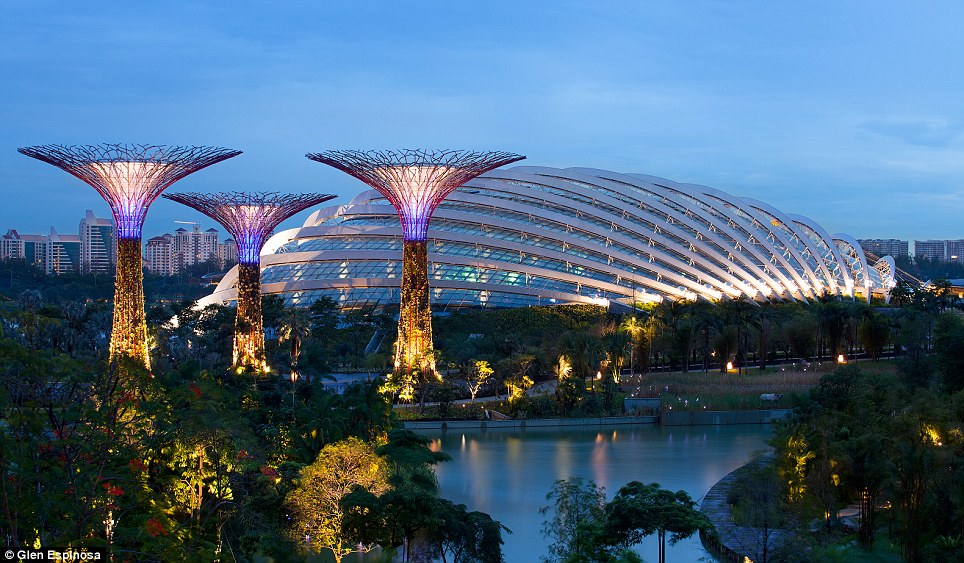
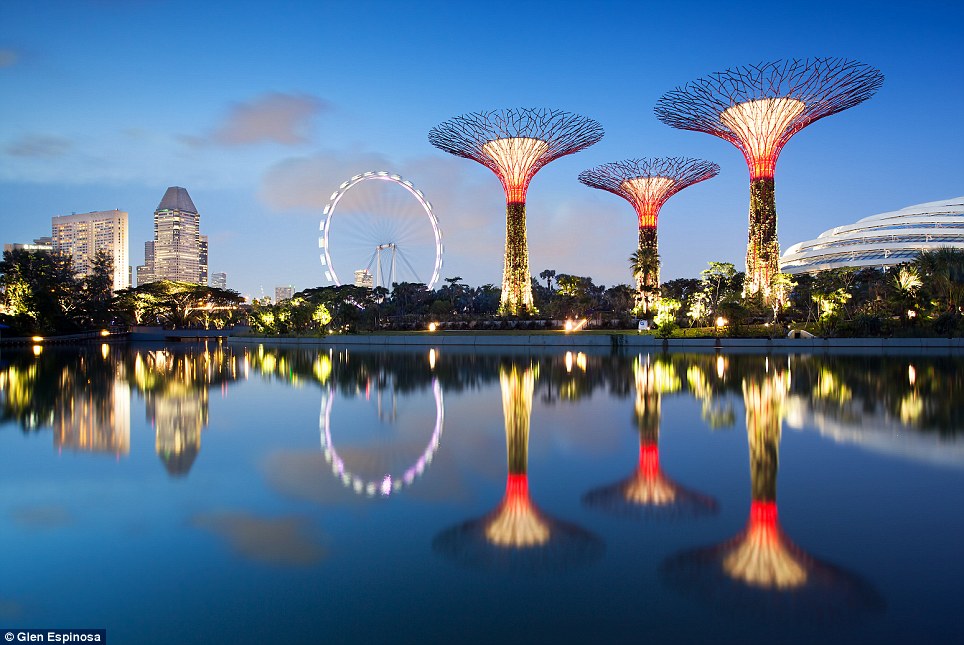
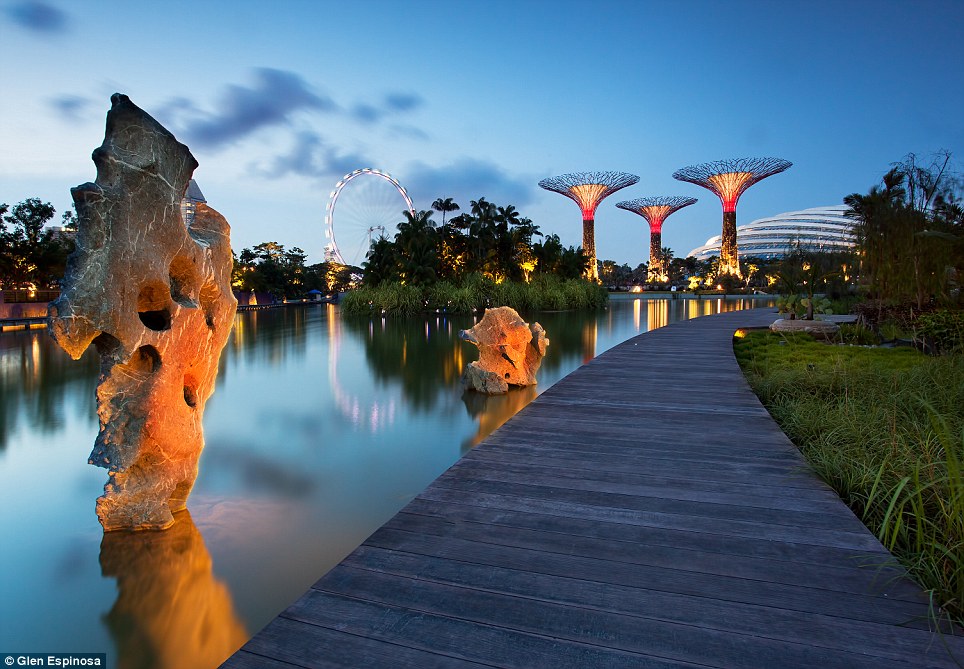
Floating Agricultural Greenhouse
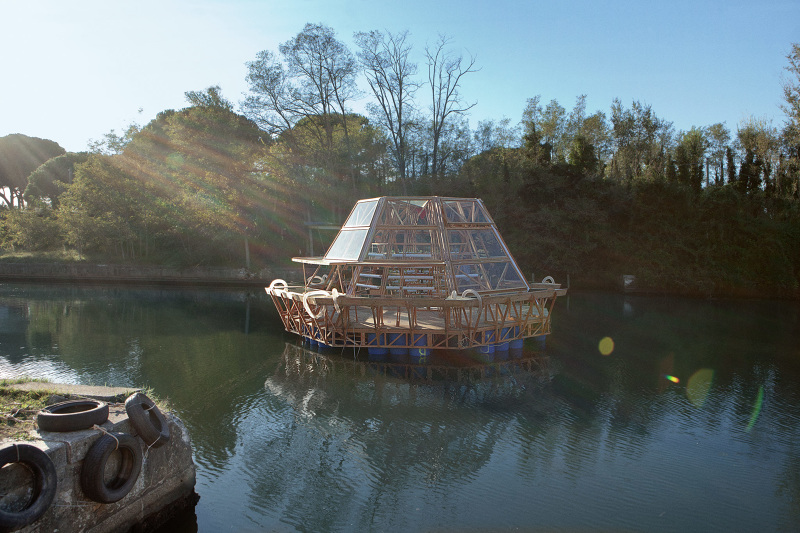
The World Bank predicts that the world population will grow to about 10 billion humans in the next four decades, writes StudioMobile.org — inventors of the Jellyfish Barge. National Geographic estimates about 9 billion hungry people. Either calculation anticipates that by 2050, there will be another 2-3 billion hungry mouths to feed.
The question facing us is ‘just how will we do that? Feed all those people when existing water resources on the planet are already being challenged. Rising sea levels are flooding areas currently producing food, while other acreage is going dry.
It’s time for design innovation — not only in how we produce energy but in how we grow food. Here is one example of new thinking. StudioMobile writes:
Jellyfish Barge is a module for crop cultivation that doesn’t rely on soil, fresh water and chemical energy consumption. It is a floating agricultural greenhouse, able to purify salt, brackish or polluted water using solar energy. It is built with low-cost technologies and simple materials, also appropriate to the self-construction paradigm. It consists of a wooden base of about 70 square meters that floats on recycled plastic drums and supports a glass greenhouse for crop cultivation. Inside the greenhouse, a high-efficiency hydroponic cultivation method provides up to 70% of water savings compared to traditional hydroponic systems. Required water is supplied by 7 solar desalination units arranged around the perimeter that are able to produce up to 150 liters per day of clean fresh water from salt, brackish, or polluted water. Solar distillation is a natural phenomenon: in the seas, the sun’s energy evaporates water, which then falls as rain water. The solar desalination system of the Jellyfish Barge replicates this phenomenon on a smaller scale. It is modular, so a single element is completely autonomous, while various flanked barges create a stronger and more resilient organism.
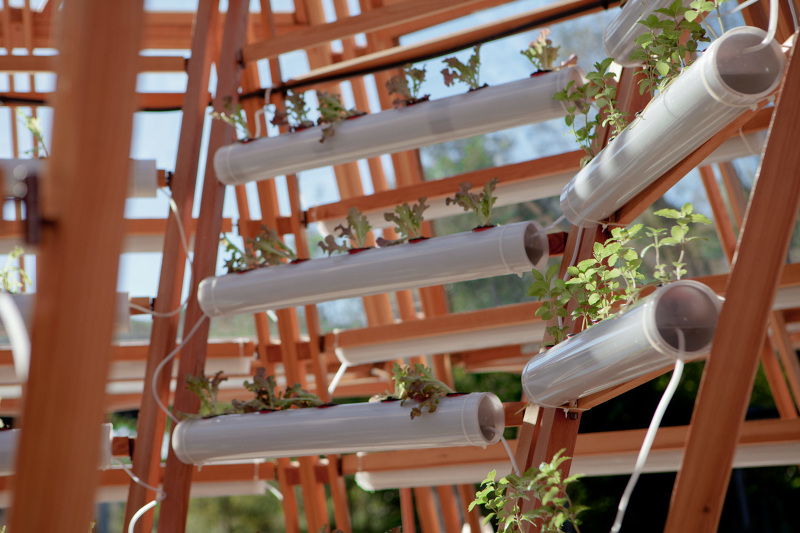
A Five-Step Plan to Feed the World National Geographic
Consider the setting about feeding humans by 2050.
* The spread of prosperity in countries like China and India is driving up the demand for meat, eggs, and dairy. Demand for soybeans and corn to feed more cattle, pigs and chickens will increase dramatically.
* Depending on the source, actual population will increase by 2-3 billion people.
Taken together, these five steps could more than double the world’s food supplies and dramatically cut the environmental impact of agriculture worldwide. But it won’t be easy. These solutions require a big shift in thinking. For most of our history we have been blinded by the overzealous imperative of more, more, more in agriculture—clearing more land, growing more crops, using more resources. We need to find a balance between producing more food and sustaining the planet for future generations.
Gaps Between Rich and Poor Slow Race to a Climate Deal Bloomberg News
The path to a climate deal in Paris next year is littered with obstacles, foremost being how to differentiate between what rich nations must do to cut pollution and what commitments will be accepted by developing countries, such as India and Brazil.
“The deep divisions on display here aren’t going to disappear on the road to Paris,” said Alden Meyer, who has followed the climate talks for two decades for the Union of Concerned Scientists in Washington. “It’s going to be more complicated than people think because there are so many differences in the long-term view of the world.”
Still, writes Bloomberg, the delegates from every country know there really is no planet-B. We only have one and all the delegates — even Claudia Salerno of Venezuela, who famously cut her hand and let blood drip from her hand in the closing days of Copenhagen, says “Everyone is more mature.”




